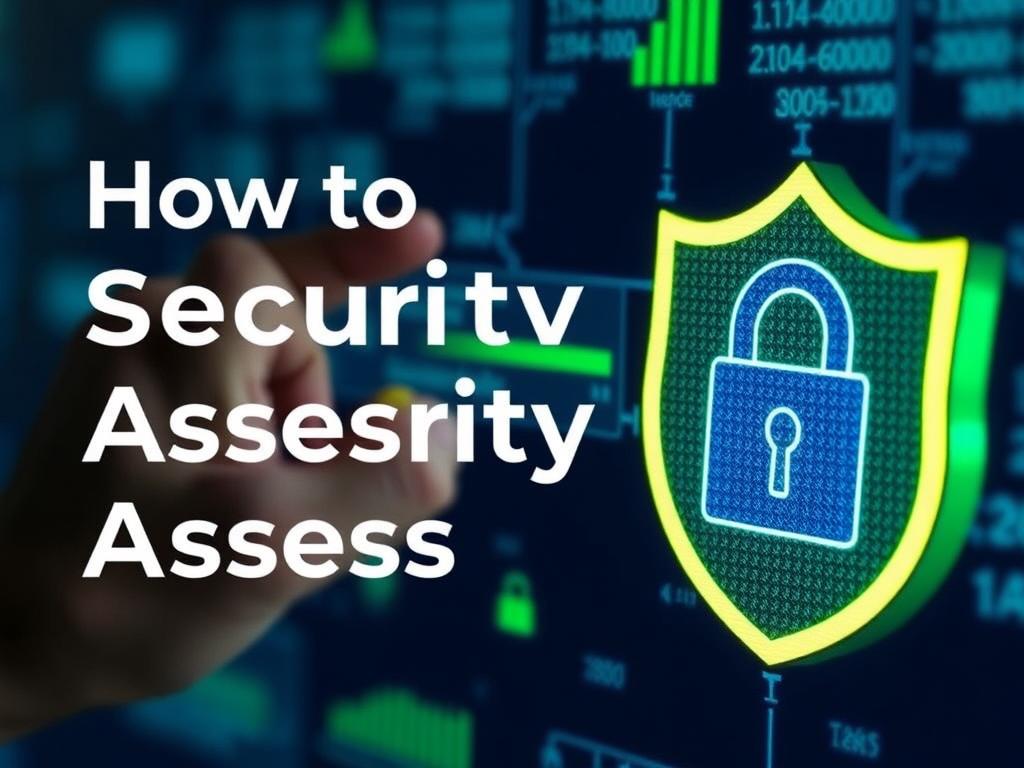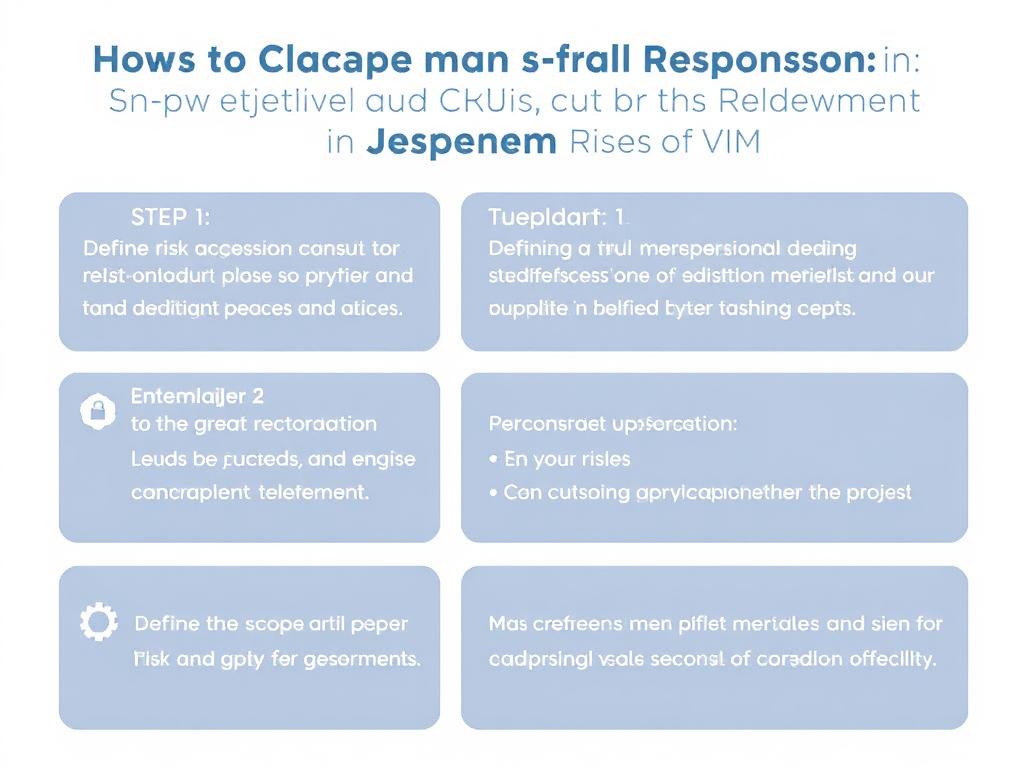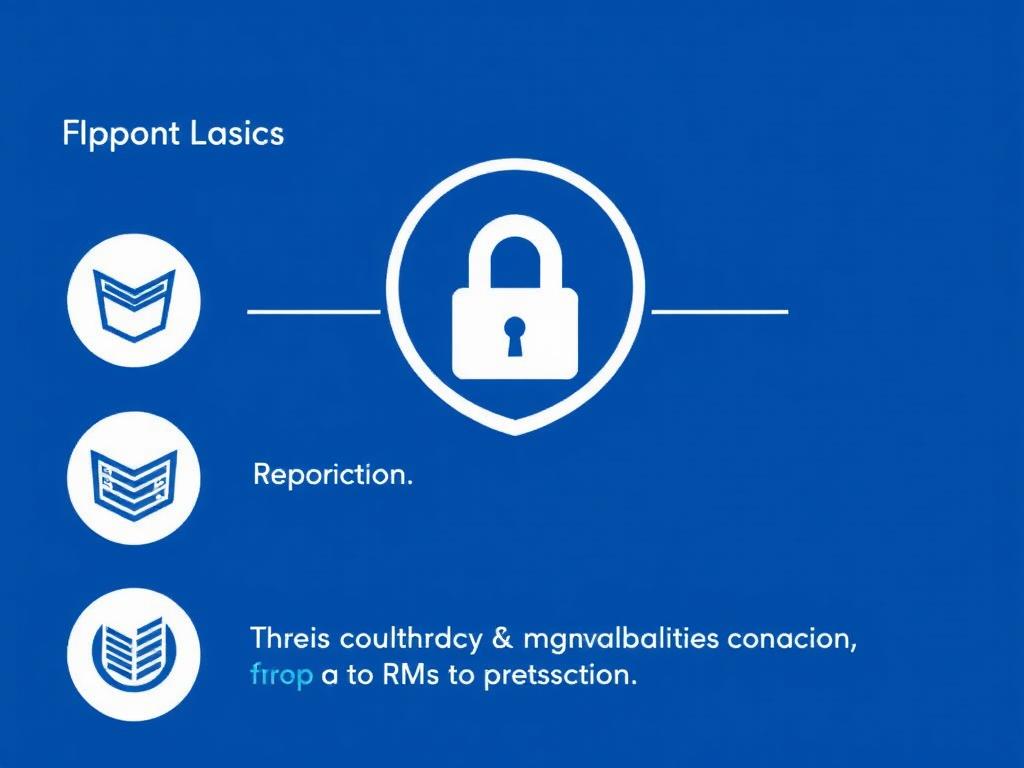Conducting a security risk assessment is a crucial process for businesses and organizations looking to protect their assets, data, and operations. For Canadian clients, this process involves unique considerations due to specific laws, regulations, and cultural contexts. Whether you’re a seasoned security professional or new to the field, understanding how to effectively carry out a security risk assessment tailored to Canadian clients will help you provide thorough and actionable insights.
In this article, we’ll walk through every step of a security risk assessment, breaking down complex concepts into clear, manageable parts. Along the way, we’ll discuss key factors, best practices, and provide tools like tables and checklists that you can directly apply. By the end, you’ll have a strong foundation to conduct security risk assessments that not only meet compliance obligations but also enhance overall security posture.
What is a Security Risk Assessment?

A security risk assessment is a systematic process aimed at identifying, analyzing, and evaluating potential risks that could negatively impact an organization’s information, infrastructure, or operations. It’s about understanding what vulnerabilities exist, the likelihood that threats will exploit these vulnerabilities, and the potential consequences.
For Canadian clients, this process typically addresses both physical and cyber security risks, considering data privacy laws such as the Personal Information Protection and Electronic Documents Act (PIPEDA). A thorough risk assessment supports decision-making by prioritizing risks and recommending mitigation measures.
Why Security Risk Assessments Matter in Canada
Canada’s regulatory environment places specific emphasis on protecting personal information and critical infrastructure. Organizations must comply with federal and provincial privacy laws, industry standards, and government guidelines.
Moreover, Canadian businesses face evolving cyber threats, ranging from ransomware attacks to insider threats. Physical security risks — like unauthorized access to buildings or storage facilities — are also crucial. Conducting a security risk assessment enables organizations to identify where they’re most vulnerable and allocate resources efficiently to safeguard themselves.
Step 1: Define the Scope and Objectives

Every effective security risk assessment begins with a clear definition of its scope and objectives. This sets boundaries on what will be assessed and what the assessment aims to accomplish.
Determine What to Include
For Canadian clients, your scope might include:
- Information systems and data storage
- Physical premises such as offices or data centers
- Processes and workflows involving sensitive data
- Third-party vendors and suppliers
- Compliance with local and federal privacy regulations
It’s important to communicate with stakeholders to understand what assets are most critical to the organization’s mission and where management perceives risks to be highest.
Set Clear Objectives
Your objectives might include:
- Identifying vulnerabilities impacting business continuity
- Assessing compliance with Canadian privacy laws
- Recommending security improvements to reduce risk
- Determining risk levels for prioritization
Putting these goals in writing helps keep the risk assessment focused and aligned with client expectations.
Step 2: Identify Assets and Their Value
Once the scope is defined, the next step is to list all assets within it and evaluate their importance.
Types of Assets to Consider
Assets can be tangible or intangible, and for Canadian clients, typical categories include:
| Asset Type | Description | Examples |
|---|---|---|
| Physical | Equipment and infrastructure | Servers, office buildings, surveillance cameras |
| Information | Data vital to business operations | Customer databases, employee records |
| Software | Applications and platforms used | Accounting software, CRM systems |
| People | Employees and contractors | IT staff, security personnel |
| Reputation | Brand and client trust | Public perception, media relations |
Assessing Asset Value
Each asset should be evaluated based on:
- Its importance to daily operations
- Financial value or replacement cost
- Sensitivity of information (especially personal data)
- Impact on reputation if compromised
This helps prioritize which assets demand the most attention during risk assessment.
Step 3: Identify Threats and Vulnerabilities

A thorough security risk assessment involves recognizing potential threats and existing vulnerabilities.
Types of Threats to Consider
Threats can be natural, human, or technological, such as:
- Cyber attacks (malware, phishing, ransomware)
- Insider threats (disgruntled employees or inadvertent errors)
- Physical theft, vandalism
- Natural disasters like floods or fires
- Supply chain interruptions
Canadian clients, especially those in sectors like finance, healthcare, and government, face unique threats informed by Canada’s geopolitical landscape and regulatory context.
Identifying Vulnerabilities
Vulnerabilities are weaknesses that can be exploited by threats. They might include:
- Outdated software or unpatched systems
- Lax physical security controls (poorly secured entrances)
- Inadequate employee training on security practices
- Weak password policies or authentication controls
- Lack of incident response plans
This step often involves site visits, interviews, document reviews, and technical scans.
Step 4: Analyze and Evaluate Risks
After threats and vulnerabilities are identified, the next step is to understand the likelihood they will combine to create a risk, as well as the potential impact.
Risk Assessment Matrix
One common tool is a risk matrix, which evaluates two key factors:
| Likelihood | Impact |
|---|---|
| High | Severe consequences to operations, finances, or reputation |
| Medium | Moderate effect, with some recoverability |
| Low | Minimal impact, often manageable |
By combining these, risks can be classified into categories such as high, medium, or low priority.
Risk Rating Example
| Risk Description | Likelihood | Impact | Risk Rating |
|---|---|---|---|
| Unauthorized access to client data | High | Severe | Critical |
| Ransomware infection due to phishing | Medium | High | High |
| Fire damage to server room | Low | Severe | Medium |
| Employee misconfiguration of access controls | Medium | Medium | Medium |
This gives you a visual and organizational way to prioritize risks.
Step 5: Develop and Recommend Controls
Once you have a clear picture of the top risks, you can recommend controls designed to mitigate them. Controls are the measures or safeguards that reduce risk.
Types of Security Controls
Controls fall into three categories:
- Preventive: Stop security incidents before they happen (e.g., firewalls, access controls)
- Detective: Identify and alert during incidents (e.g., intrusion detection systems, audits)
- Corrective: Respond and recover after an incident (e.g., backups, disaster recovery plans)
Examples of Controls for Canadian Clients
- Encryption of personal data to comply with Canadian privacy laws
- Regular security awareness training for employees to avoid phishing
- Physical security upgrades such as swipe card access to facilities
- Implementation of multi-factor authentication (MFA) on all sensitive systems
- Development of an incident response plan with clear reporting procedures
Providing clear, actionable, and realistic recommendations is key to helping clients make informed decisions.
Step 6: Document and Communicate Findings
Your assessment is only as valuable as how well it is documented and communicated. A comprehensive report should be prepared to present to stakeholders.
Report Components
- Executive Summary: High-level overview of purpose, findings, and recommendations
- Assessment Scope and Methodology: What was assessed and how
- Asset Inventory: Detailed list of critical assets
- Risk Analysis: Table or matrix of identified risks with ratings
- Control Recommendations: Specific measures to reduce risks
- Conclusion: Summary of overall risk posture and next steps
Using visuals like charts and tables improves clarity and engagement.
Effective Communication Tips
- Speak in plain language avoiding jargon
- Tailor information to the audience’s technical background
- Highlight the business impact of risks and controls
- Include a prioritized action plan with timelines
This helps ensure client buy-in and follow-through on recommendations.
Step 7: Review and Update Regularly
Security risk assessment is not a one-time activity. Threat landscapes constantly evolve, new assets are added, and organizational changes occur.
For Canadian clients, conducting periodic reviews is critical to maintain compliance and security effectiveness. Schedule reassessments annually or whenever major business changes happen.
Continuous Monitoring
Many organizations implement ongoing monitoring tools to detect new vulnerabilities or incidents. Combining these with regular risk assessments creates a proactive security posture.
Special Considerations for Canadian Clients
Conducting security risk assessments in Canada comes with some unique aspects that you should keep in mind:
Privacy Legislation
Canada’s PIPEDA governs the collection, use, and disclosure of personal information in the private sector. Some provinces have additional laws, like Quebec’s Act respecting the protection of personal information or Alberta’s Personal Information Protection Act.
Critical Infrastructure Sectors
Certain sectors — such as utilities, transportation, and finance — are considered critical infrastructure under Canadian government policies, requiring heightened security measures and reporting.
Multilingual and Multicultural Contexts
Canada’s bilingual (English and French) requirements and diverse population may influence security communication and training strategies.
Government Cybersecurity Frameworks
Organizations may align assessments with frameworks recommended by the Canadian Centre for Cyber Security (CCCS), such as the IT Security Risk Management Guidelines.
Tools and Resources to Support Your Assessment
Here are some useful tools and resources tailored for Canadian security risk assessments:
| Resource | Description | Link |
|---|---|---|
| Canadian Centre for Cyber Security | Government resource providing cybersecurity guidance and best practices | cyber.gc.ca |
| PIPEDA Compliance Checklist | Helps ensure privacy requirements are met during assessments | priv.gc.ca |
| ISO/IEC 27001 Standard | International standard on information security management systems | iso.org |
| Risk Assessment Software | Tools like RiskWatch or RSA Archer can automate and streamline risk assessments | Varies based on vendor |
These resources help increase the thoroughness and credibility of your assessments.
Common Challenges and How to Overcome Them
While performing security risk assessments for Canadian clients, you might face several challenges:
- Lack of Organizational Buy-In: Without management support, assessments often lack resources or follow-up. Address this with clear communication of business benefits and compliance implications.
- Incomplete Asset Inventories: Missing assets lead to gaps in risk identification. Use cross-departmental interviews and system scans to build a full inventory.
- Changing Regulatory Landscape: Laws evolve, making it critical to stay informed. Subscribe to official channels or engage legal counsel when necessary.
- Balancing Security and Usability: Overly strict controls can impede operations. Collaborate with stakeholders to develop practical controls that suit business needs.
- Resource Constraints: Time and budget limits may restrict assessment scope. Prioritize key assets and risks to maximize impact within constraints.
Being aware of these obstacles helps you plan a more effective and feasible security risk assessment.
Conclusion
Conducting a security risk assessment for Canadian clients is a multifaceted but rewarding endeavor. By methodically defining scope, identifying assets and vulnerabilities, analyzing risk, and recommending tailored controls, you build the foundation for stronger, more resilient organizations. Remember to factor in Canada’s unique regulatory and cultural context, regularly update your assessments, and clearly communicate findings to secure buy-in. As threats continue to evolve, your well-executed security risk assessment becomes not just a compliance requirement but a strategic tool to safeguard Canadian businesses’ futures.